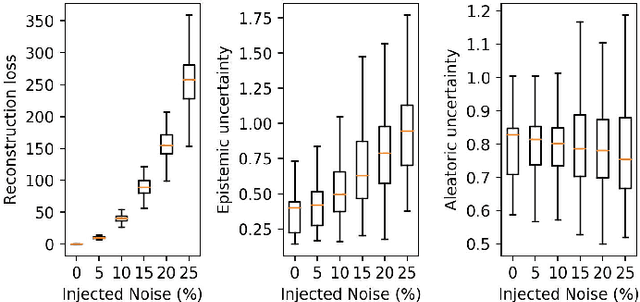Yasmin Fathy
A low complexity contextual stacked ensemble-learning approach for pedestrian intent prediction
Oct 16, 2024



Abstract:Walking as a form of active travel is essential in promoting sustainable transport. It is thus crucial to accurately predict pedestrian crossing intention and avoid collisions, especially with the advent of autonomous and advanced driver-assisted vehicles. Current research leverages computer vision and machine learning advances to predict near-misses; however, this often requires high computation power to yield reliable results. In contrast, this work proposes a low-complexity ensemble-learning approach that employs contextual data for predicting the pedestrian's intent for crossing. The pedestrian is first detected, and their image is then compressed using skeleton-ization, and contextual information is added into a stacked ensemble-learning approach. Our experiments on different datasets achieve similar pedestrian intent prediction performance as the state-of-the-art approaches with 99.7% reduction in computational complexity. Our source code and trained models will be released upon paper acceptance
Bayesian Autoencoders for Drift Detection in Industrial Environments
Jul 28, 2021



Abstract:Autoencoders are unsupervised models which have been used for detecting anomalies in multi-sensor environments. A typical use includes training a predictive model with data from sensors operating under normal conditions and using the model to detect anomalies. Anomalies can come either from real changes in the environment (real drift) or from faulty sensory devices (virtual drift); however, the use of Autoencoders to distinguish between different anomalies has not yet been considered. To this end, we first propose the development of Bayesian Autoencoders to quantify epistemic and aleatoric uncertainties. We then test the Bayesian Autoencoder using a real-world industrial dataset for hydraulic condition monitoring. The system is injected with noise and drifts, and we have found the epistemic uncertainty to be less sensitive to sensor perturbations as compared to the reconstruction loss. By observing the reconstructed signals with the uncertainties, we gain interpretable insights, and these uncertainties offer a potential avenue for distinguishing real and virtual drifts.
 Add to Chrome
Add to Chrome Add to Firefox
Add to Firefox Add to Edge
Add to Edge